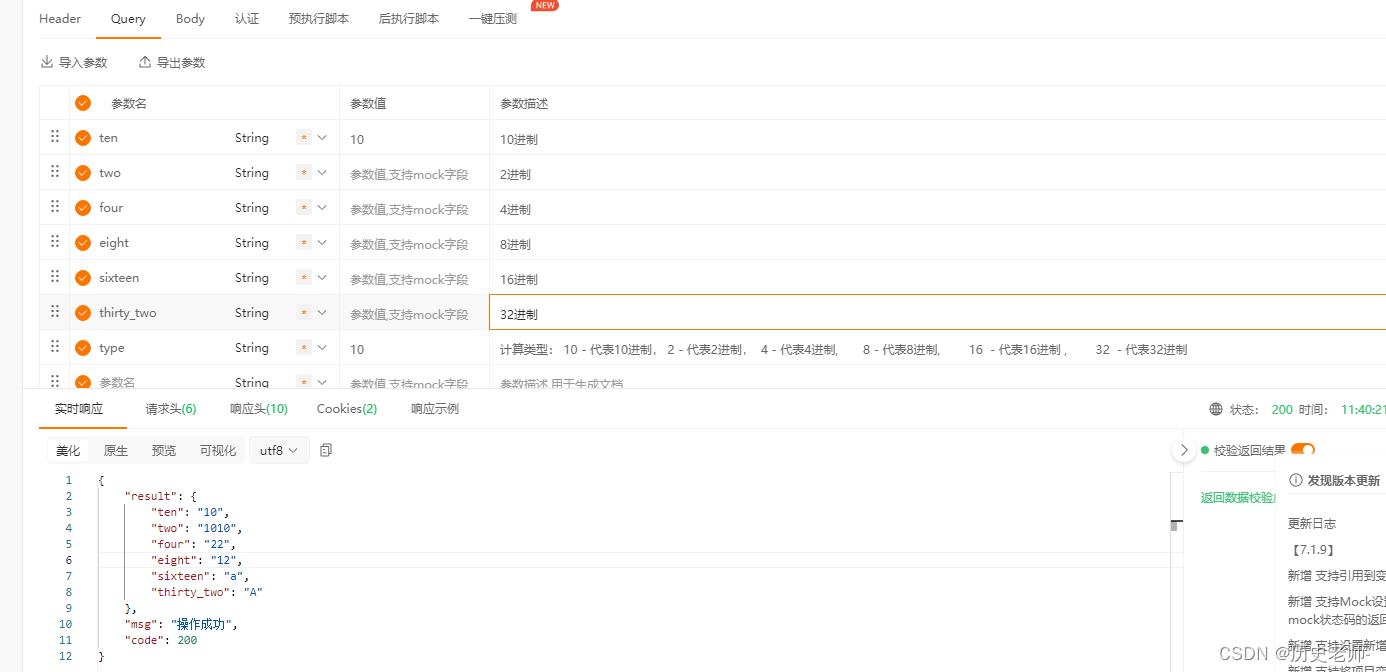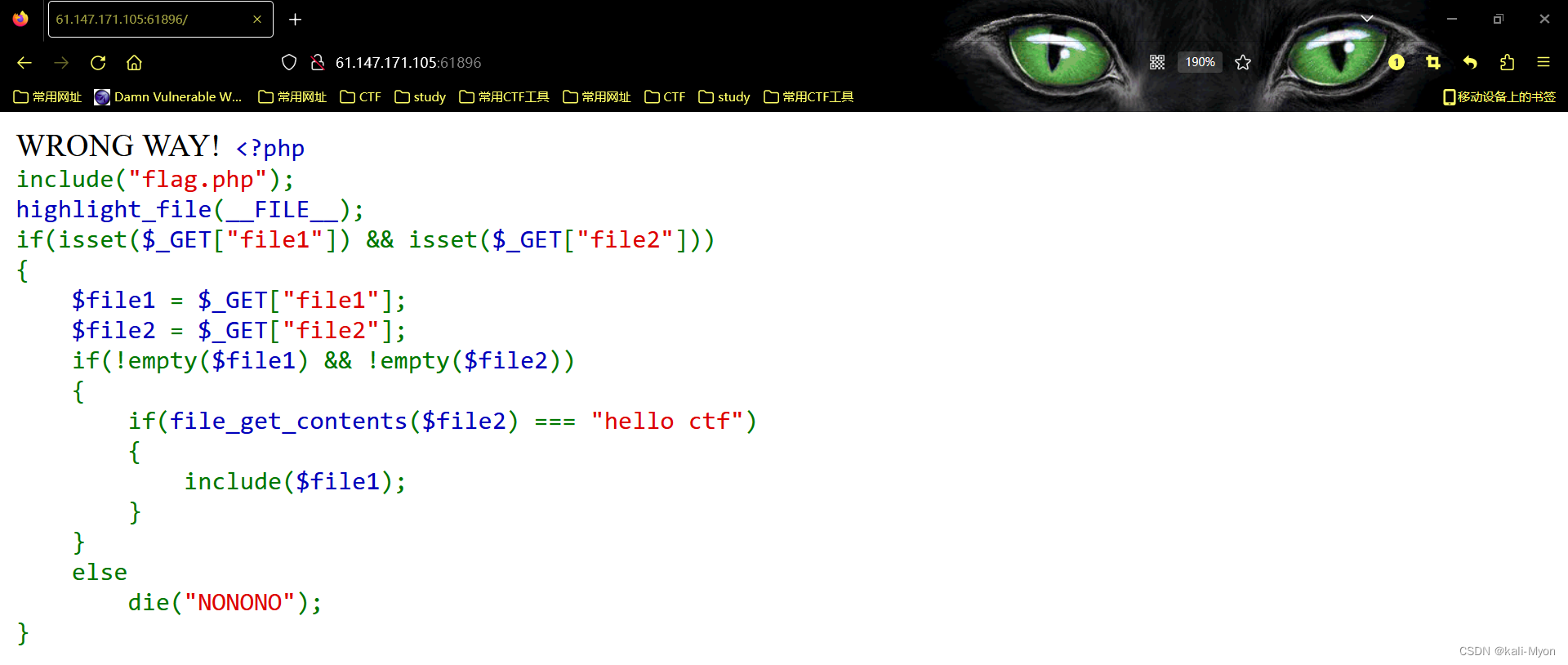
前端(vue)入门到精通课程:进入学习
API 文档、设计、调试、自动化测试一体化协作工具:点击使用
code repo github.com/rick-chou/a…
背景:我希望封装一个自己的 message service 但是我不知道如何在 service 中使用 html 以下是我的一个解决方案

因为我使用的 NG-ZORRO 的 Notification 组件来做 UI 层。【相关教程推荐:《angularjs视频教程》】
https://ng.ant.design/components/notification/en
NzNotificationService.template 签名如下
template(template: TemplateRef<{}>, options?: NzNotificationDataOptions): NzNotificationRef;
登录后复制所以我需要自定义的 TemplateRef 来满足我的需求
思路一
可以在 service 中定义方法 从业务组件中传入 但是这样和直接在业务中使用 NzNotificationService.template 没有什么区别 也就没有集中处理的必要了
思路二
给 service 注入 html template
既然不能直接在 service 中书写 html 相关代码 那就沿用思路一的方法
只不过事先在一处与业务无关的地方调用初始化的方法
利用 ng-template 不会生成真实的 dom 节点 以及 service 是全局共享 这两个特性三 我们就可以写出如下代码
message.service.ts
import { Injectable, TemplateRef } from '@angular/core';
import { NzNotificationService } from 'ng-zorro-antd/notification';
export enum EMessageCode {
XXXError = 1024,
YYYError = 1025,
}
export const MESSAGE = {
[EMessageCode.XXXError]: 'XXXError...',
[EMessageCode.YYYError]: 'YYYError...',
};
@Injectable({
providedIn: 'root',
})
export class MessageService {
private templateMap = new Map();
constructor(private notificationService: NzNotificationService) {}
// 初始化 templateRef
public initTemplate(message: EMessageCode, ref: TemplateRef): void {
this.templateMap.set(message, ref);
}
public showMessage(messageCode: EMessageCode) {
switch (messageCode) {
case EMessageCode.XXXError:
return this.notificationService.template(this.templateMap.get(messageCode), {
nzDuration: 0,
});
case EMessageCode.YYYError: {
return this.notificationService.error('YYYError', MESSAGE[EMessageCode.YYYError]);
}
}
}
public removeMessage(messageId?: string) {
this.notificationService.remove(messageId);
}
}
登录后复制message-service-virtual-ref.component
import { Component, TemplateRef, ViewChild, AfterViewInit } from '@angular/core';
import { EMessageCode, MessageService } from './message.service';
@Component({
selector: 'app-message-service-virtual-ref',
template: `
There are XXXError, you must refer to
something
to check out
`,
})
export class MessageServiceVirtualRefComponent implements AfterViewInit {
@ViewChild('xxx_ref') xxxTemplateRef!: TemplateRef;
constructor(private messageService: MessageService) {}
ngAfterViewInit(): void {
this.messageService.initTemplate(EMessageCode.XXXError, this.xxxTemplateRef);
}
}
登录后复制app.component.html
登录后复制更多编程相关知识,请访问:编程视频!!
以上就是如何在Angular service中使用TemplateRef的详细内容,转载自php中文网







发表评论 取消回复